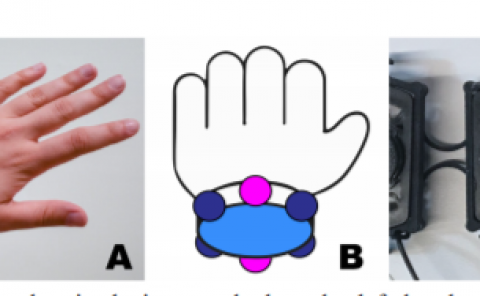Inferring User Intent using Bayesian Theory of Mind in Shared Avatar-Agent Virtual Environments
PubDate: February 2019
Teams: University of North Carolina;University of Maryland
Writers: Sahil Narang; Andrew Best; Dinesh Manocha
PDF: Inferring User Intent using Bayesian Theory of Mind in Shared Avatar-Agent Virtual Environments

Abstract
We present a real-time algorithm to infer the intention of a user’s avatar in a virtual environment shared with multiple human-like agents. Our algorithm applies the Bayesian Theory of Mind approach to make inferences about the avatar’s hidden intentions based on the observed proxemics and gaze-based cues. Our approach accounts for the potential irrationality in human behavior, as well as the dynamic nature of an individual’s intentions. The inferred intent is used to guide the response of the virtual agent and generate locomotion and gaze-based behaviors. Our overall approach allows the user to actively interact with tens of virtual agents from a first-person perspective in an immersive setting. We systematically evaluate our inference algorithm in controlled multi-agent simulation environments and highlight its ability to reliably and efficiently infer the hidden intent of a user’s avatar even under noisy conditions. We quantitatively demonstrate the performance benefits of our approach in terms of reducing false inferences, as compared to a prior method. The results of our user evaluation show that 68.18% of participants reported feeling more comfortable in sharing the virtual environment with agents simulated with our algorithm as compared to a prior inference method, likely as a direct result of significantly fewer false inferences and more plausible responses from the virtual agents.


